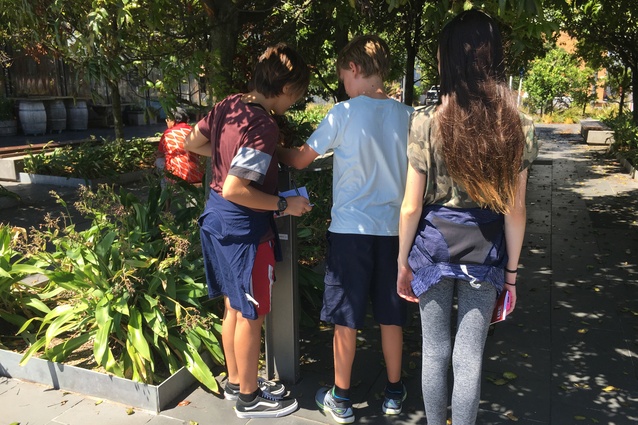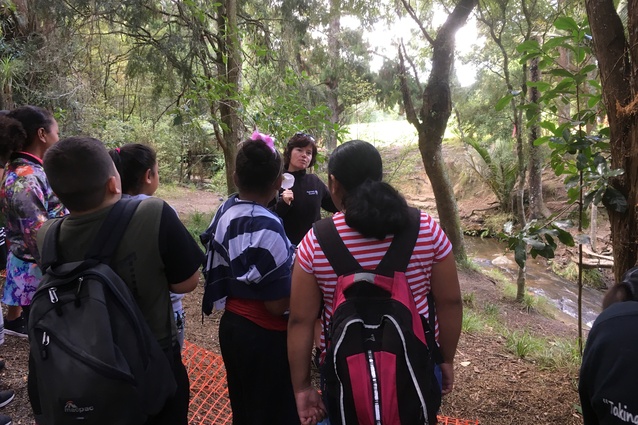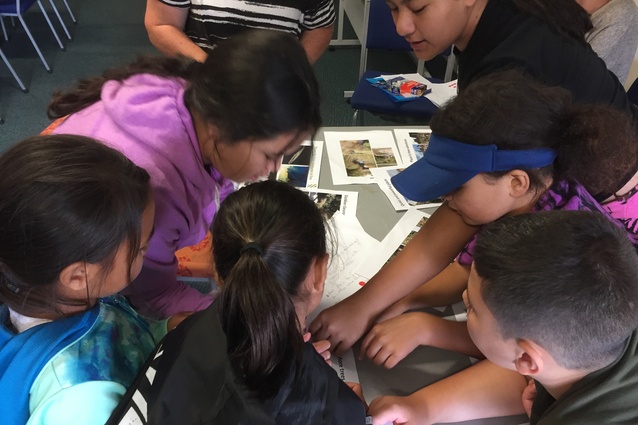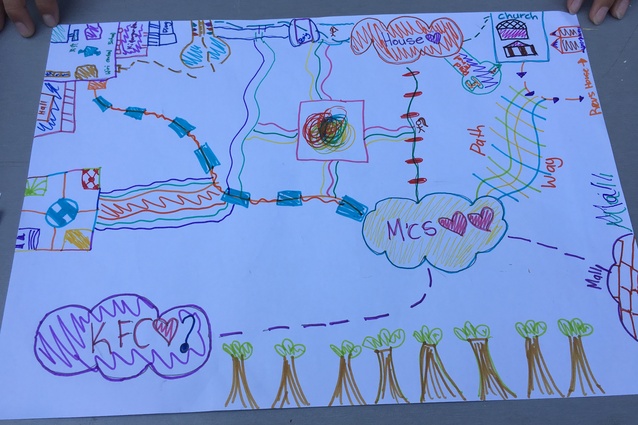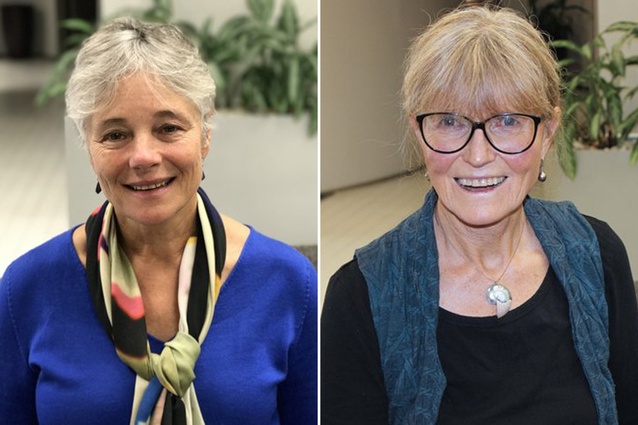Child’s play: Involving kids in the design of public spaces
Dr Karen Wittan and Penelope Carroll are researchers at Massey University currently involved – along with landscape architect Aynsley Cisaria of Boffa Miskell – in a research project for the Building Better Homes, Towns and Cities (BBHTC) National Science Challenge. The focus of the project is understanding the best ways to engage children in the co-design of public spaces so that our towns and cities become more child-friendly.
At present, cities are generally designed for adults and cars. Their built form and safety concerns constrain children’s play and mobility, and a default planning position largely confines children’s use of the public realm to places such as playgrounds, skate parks and sports grounds.
If children’s well being is compromised through restricted outdoor play and mobility opportunities, the social sustainability of our towns and cities is in question.
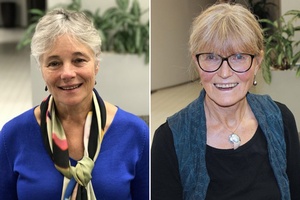
If, on the other hand, children can safely move about and play in their neighbourhoods, their independence, resilience and social competence are enhanced. The whole community benefits, because towns and cities that are safe to move around in and incorporate playful elements are good for everyone.
With a few exceptions, urban designers and planners have been slow to include children in the design of public space – unless the project is child-specific, such as a new playground.
Surveys of local government urban designers and planners show they would be keen to work with children, but are unsure how to go about it. Hopefully, this research project – and the online tool kit for urban designers and planners which will be developed as part of the project – will help change this.
In 1993, when New Zealand ratified the 1989 United Nations Convention on the Rights of the Child, it committed itself to acknowledging a raft of children’s rights, including their right to play and move safely through the public realm, and to speak out and be heard on matters which affect them.
As the Unitary Plan unfolds in Auckland and private living and play space contracts with increasing densification, playful public spaces become more importantfor children and adults.
Kids in the City, our previous research with children living in nine different neighbourhoods across Auckland City, has highlighted a lack of public outdoor spaces for children to safely play and interact close to their homes. It has also shown that children like to play anywhere and everywhere, including the street.
Trips to and from school, the shops and other destinations, are often as much about play and hanging out with friends along the way as getting to the destination.
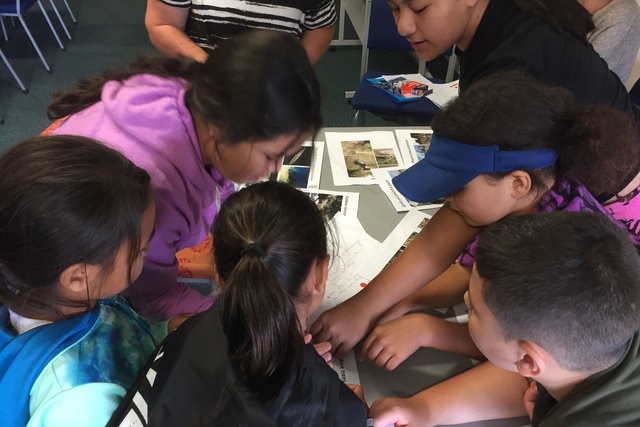
Children, like adults, have a right to the city. Consulting with them on what they would like when public spaces are re/developed acknowledges this right. It also gives them a sense of agency and belonging, and when their ideas are incorporated in a re/development, children see themselves reflected and feel welcome.
Co-design with children can enhance the process as well as the outcome. For instance, in the co-design of Freyberg Square that we facilitated in collaboration with Auckland Council in 2015, designers felt the concept was stronger because of the children’s input. They also noted that interacting with the children’s ideas encouraged different ways of seeing the space. Many of the children’s ideas were taken on board, either specifically or by informing the design in a way that worked for both children and adults.
Our current co-design project, a collaboration with Panuku (the development arm of Auckland Council) and local mana whenua, involves two public space developments: the Eastern Viaduct renewal (downtown Auckland), and the regeneration of Puhinui Stream (South Auckland). As with the Freyberg Square project, we have been mindful of the need to use age-appropriate methods to work with the children and for them to have access to information that will allow them to participate effectively.
Relevant council staff have talked to the participating children about the brief for each development, what they want to achieve through the co-design process and areas where they want input from the children. Aerial maps and mana whenua narratives help orient the children to the sites before they go out to explore and evaluate, armed with cameras, pens and notebooks.
The children evaluating possibilities for the Eastern Viaduct were asked, “What do you imagine this place could be like? What do you think [the taniwha] Horotiu would like to see?”
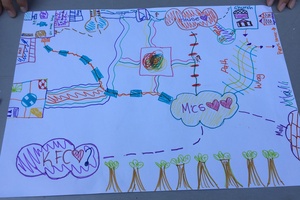
Interactions with fellow participants and researchers (in groups and one-on-one), taking photographs, writing down ideas and drawing have all helped elicit children’s ideas and their expression.These ideas– written, spoken, photographed and drawn – are then collated in a report for the designers to work with.
An important part of the co-design process is that children are not only heard, but feel they have been heard and their ideas taken seriously. We regularly check back with the children to make sure we, the researchers, have got it right. It is crucial that designers and planners report back to the children, showing them where their ideas have been incorporated in a design – and, where they have not, explain why.
This reporting back part of the co-design process can be tricky as public space projects can take a long time from conception to completion. In the case of Freyberg Square the turnaround between the children giving their input and the designers reporting back with the concept plan was only a couple of months.The children (a reference group of 7-13-year-olds) were excited to see where some of their ideas had been taken on board exactly as they had imagined them, and where others had been adapted. They understood that children were not the only group which would use the space and that other people’s ideas also needed to be considered.
With each project we have been surprised that the children have not only been thinking about what they would like, but they have also considered older people and younger kids and how the space could work for them.
A project like Freyberg Square, where the feedback was so fast, is an exception. The Eastern Viaduct renewal timeline has turned out to be indefinite.We moved quickly to work with a group of children in January last year to meet deadlines for input into a draft design for the transformation of the area from a carpark to a ‘vibrant public people space’. Then, all design work was put on hold due to the site’s proximity to the Americas Cup village development.
Panuku staff and designers gave the children interim feedback on their ideas as it will be 2021 before the Eastern Viaduct renewal resumes.
With both of these projects, where the children’s input was required quickly, we worked with reference groups of children outside of school time in three, half-day workshops: eleven 7 to 13 year-olds at Freyberg Square and nineteen 7 to 16-year-olds at the Eastern Viaduct. Several of them had previously taken part in our Kids in the City research.
For the Puhinui Stream regeneration project (part of the Panuku-led redevelopment of Manukau) we began working with twenty-four 9 to 13-year-olds at Wiri Central School in March this year, in conjunction with their teachers and assisted by local mana whenua and representatives from Panuku, The Southern Initiative and Healthy Families.
We asked, “What changes would the children like to see in their neighbourhoods? And the taniwha, Puhinui? What would make them want to spend time by the Puhinui Stream?”
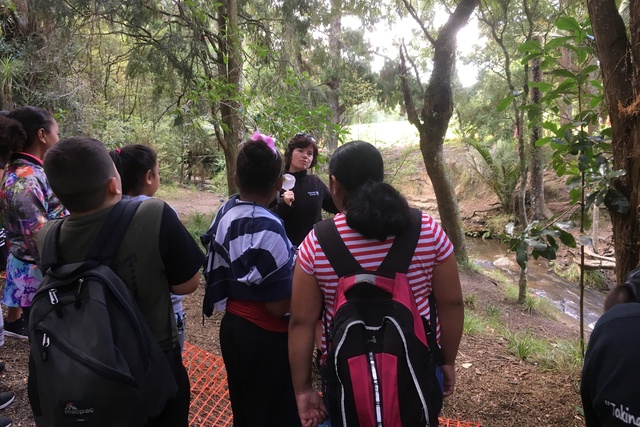
In the first of five workshops at the school we explored a section of the stream. Some of the children had never been there. The stream currently has poor water quality and there is rubbish everywhere, but the children recognised its attraction as a peaceful place to be in nature.
So many children spend most of their leisure time inside on devices and there isn’t a lot of getting out and about into natural places. This co-design process is opening their eyes to why the whole environment needs to be better – for the fish, for the birds and for them.
They are learning the stories of local Maori place names, about the water cycle and the native species that are part of the Puhinui Stream ecosystem. The children have an innate sense of kaitiakitanga (guardianship) that they want to come through strongly in the design.
If we can co-design outdoor public spaces with children so they want to go there, they feel safe and they are allowed to be there, that is very powerful. It will enhance children’s wellbeing – and ours.
Children see possibilities for play everywhere, and these projects are tapping into their imagination and playfulness. And, let’s face it, all of us can do with more play!
To learn more and access the research, head to www.buildingbetter.nz. Read the first of the BBHTC column here, read the second colum here and the third column here.

